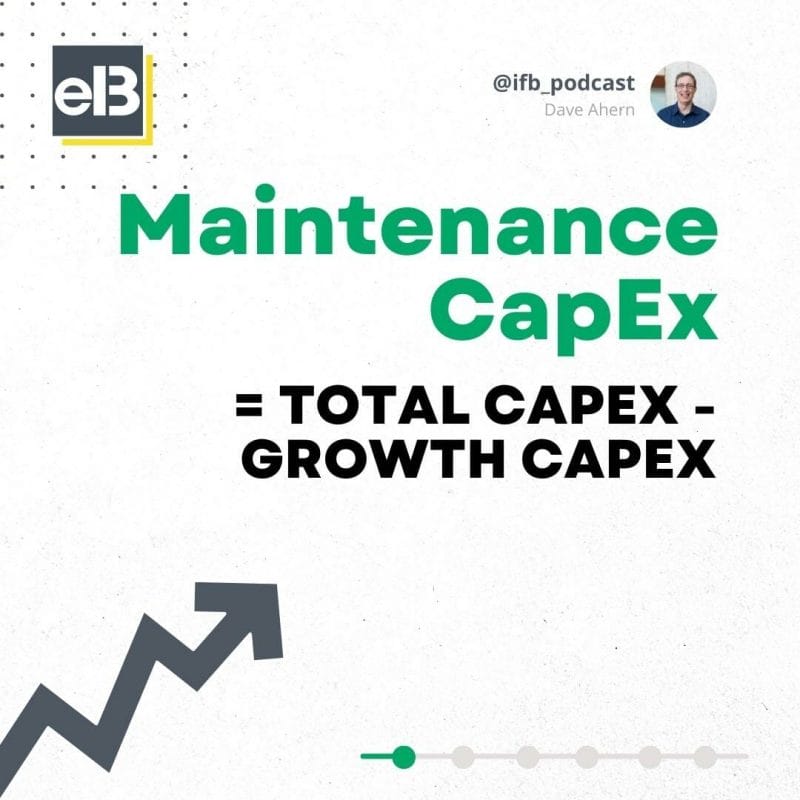Net Debt to EBITDA Guide: Risks, Valuation, Examples, and S&P 500 Data
Updated 8/25/2023 Net Debt to EBITDA ratio is a common tool for measuring risk. It’s often listed in company financials. The logic is simple, and the ratio isn’t terribly complex; let’s see how to calculate it ourselves. In this post, we will cover [Click to skip ahead]: Let’s dive in.
Operating Leverage Formula: How to Calculate It with the Income Statement
Updated 9/3/2023 “For a fundamental investor, anticipating revisions in expectations is the key to generating attractive returns. Sources of those revisions include fundamental outcomes (typically earnings revisions) and an assessment of how the market will value those fundamentals (multiple expansion or contraction). Investors who are able to forecast earnings in a year’s time that are […]
Analyzing Intangible Assets and Their Impact To Assets and Operating Income
The change in how companies invest their capital has grown exponentially, and accounting rules have not kept up. Intangible assets comprise a larger portion of a company’s equity and assets than twenty years ago. While at the same the amount of physical assets on companies’ balance sheets has dropped. That shift has occurred during the […]
Depreciation and Amortization – A Complete Financial Statements Guide
Updated 8/7/2023 Buying businesses and equipment for operations is a part of business, and using depreciation and amortization is how companies account for those purchases. Many have written about the benefits or harm done by considering depreciation and amortization a “non-cash” expense. Some consider these items non-cash because we add them back to earnings to […]
Simple Income Statement Structure Breakdown (by Each Component)
Updated 8/7/2023 The income statement is the first of the big three financial documents that all public companies must file. But what do we know about the income statement structure and how the statement flows from the top to the bottom? Have you ever heard the terms top-line or bottom-line? What do those terms mean? […]
Balance Sheet Item: Book Value of Equity and Its Individual Components
Updated 6/24/2023 “Price is what you pay; value is what you get.” A company’s evaluation involves determining the value of its assets, liabilities, and equity. Most of us are familiar with assets such as accounts receivable and liabilities such as debt. But how many of us understand equity and how to determine the value of […]
Non-Controlling Interest in Financial Statements
On a consolidated balance sheet of a major company, you will likely see non-controlling interest come up so it is important for investors to understand this common item and ensure to back it out for valuation purposes. This article will teach investors all about non-controlling interest as we walk through Coca-Cola’s 2022 financial statements and […]
Maintenance Capital Expenditures: The Easy Way to Calculate It (With Calculator)

Updated 4/21/2023 To continue our series on owner earnings, I thought we would do a deeper dive into maintenance capital expenditures or maintenance CapEx. When calculating owner earnings, most of the values are pretty straightforward. But maintenance capital expenditures require a little more digging to come up with a number that we can use for […]
How to Read the 10-k (Annual Report)
If you want to learn more about a company or invest in a company, you can find a plethora of information on the company’s annual report, otherwise known as a 10-K. The 10-K offers an in-depth look at a public company’s financials, the risks it faces, and operating results for the previous year. Warren Buffett […]
Stock Based Compensation Expense and FCF Explained In a Simple Way
Edited 3/24/2023 Accounting for stock based compensation expense can be tough. The numbers don’t always line up from the income statement to the cash flow statement. Also, stock based compensation (SBC) is either automatically included or excluded, depending on which Free Cash Flow formula you are using (FCFF or FCFE). Over the long term, the […]
